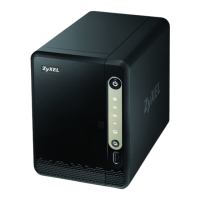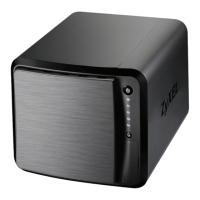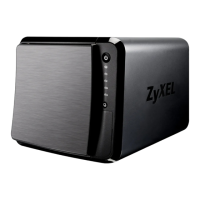What happens if a power failure occurred while the ZyXEL Communications NAS326 Storage was downloading files?
- CCaitlyn OrtegaSep 4, 2025
If a power failure occurs while your ZyXEL Communications Storage is downloading files, the NAS will re-download any corrupted files. If a file is intact but not completely downloaded, the NAS will resume the download task after it restarts.








